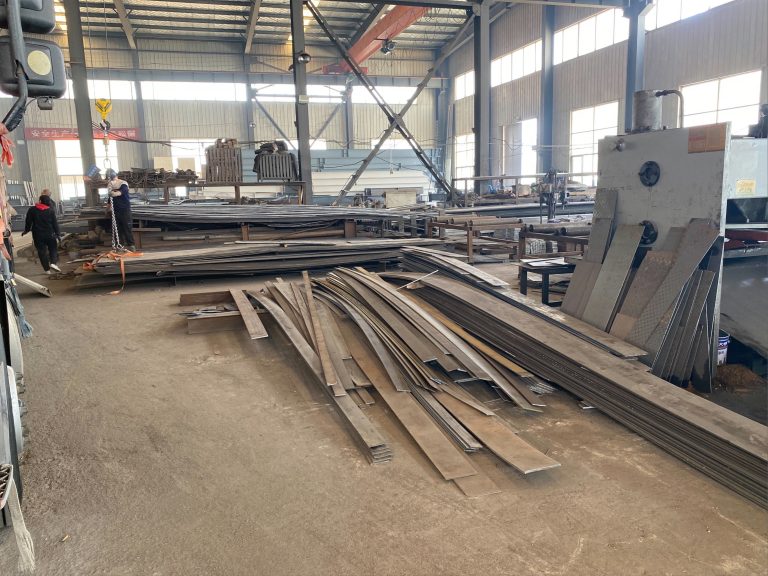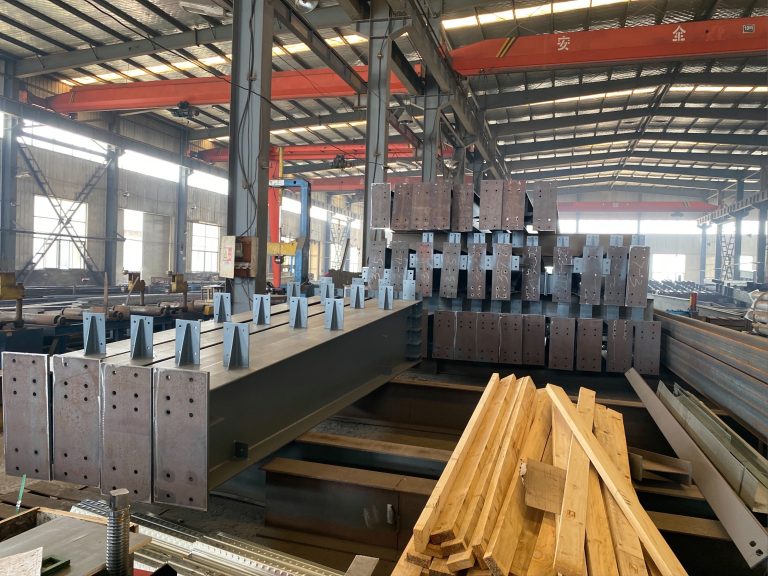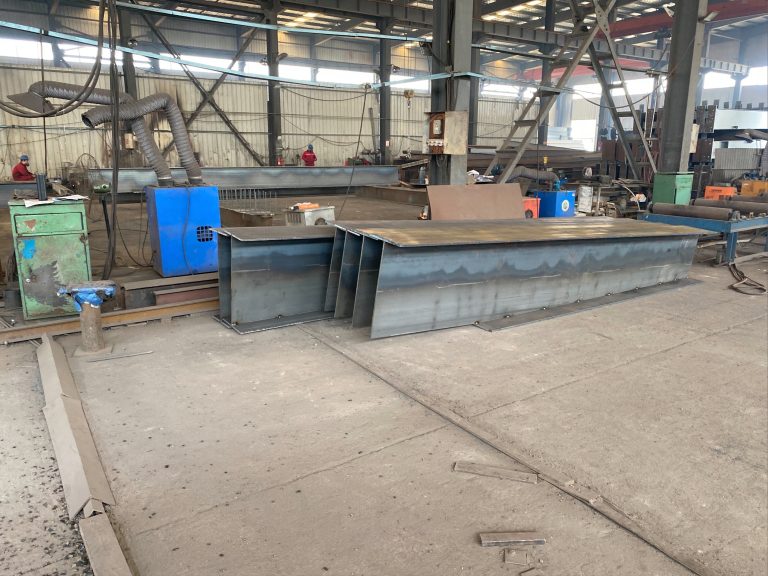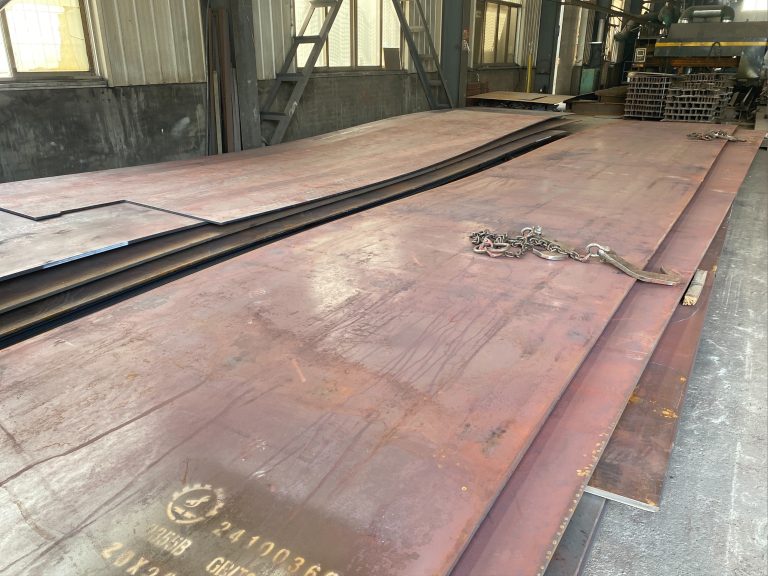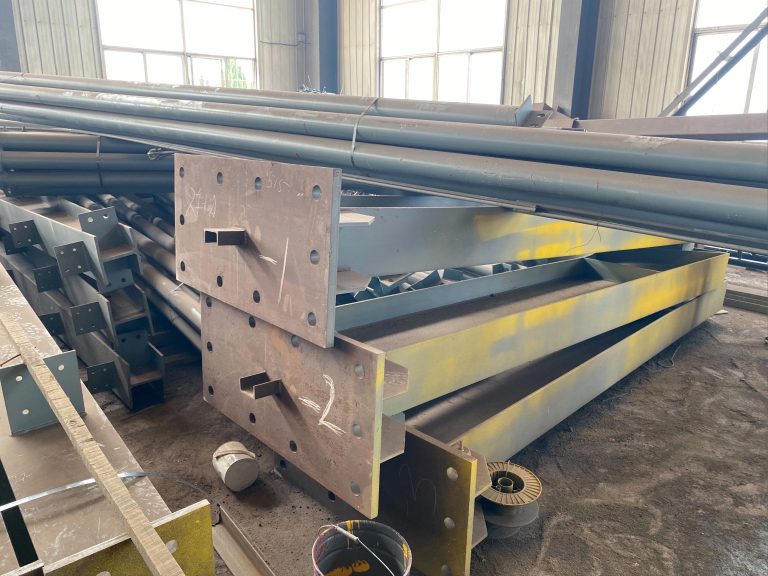Steel lecture Hall: A new field of educational communication.
Table of Contents
Advantages of Steel Lecture Halls in Modern Educational Settings
Steel lecture halls have become a popular choice in modern educational settings due to their numerous advantages. These state-of-the-art facilities offer a range of benefits that enhance the learning experience for both students and educators. From improved acoustics to increased durability, steel lecture halls are revolutionizing the way we communicate and engage in the classroom.

One of the key advantages of steel lecture halls is their superior acoustics. Steel is a highly efficient material for sound insulation, which means that noise from outside the lecture hall is minimized, creating a more focused and conducive learning environment. This is particularly important in large lecture halls where background noise can be a distraction. With steel construction, students can better hear and understand the material being presented, leading to improved retention and comprehension.
In addition to superior acoustics, steel lecture halls are also known for their durability. Steel is a strong and resilient material that can withstand the wear and tear of daily use, making it an ideal choice for high-traffic areas like lecture halls. This durability ensures that the lecture hall will remain in top condition for years to come, reducing the need for costly repairs and maintenance. This not only saves money in the long run but also ensures that the lecture hall remains a safe and comfortable space for students and educators.
Another advantage of steel lecture halls is their flexibility in design. Steel construction allows for large, open spaces that can be easily customized to meet the specific needs of the educational institution. Whether it’s adding additional seating, installing multimedia equipment, or creating breakout areas for group work, steel lecture halls can be adapted to accommodate a variety of teaching styles and learning activities. This flexibility promotes collaboration and creativity in the classroom, fostering a dynamic and engaging educational experience for all involved.
Furthermore, steel lecture halls are also environmentally friendly. Steel is a sustainable material that can be recycled and reused, reducing the carbon footprint of the construction process. Additionally, steel buildings are energy-efficient, with excellent thermal performance that helps to reduce heating and cooling costs. By choosing steel lecture halls, educational institutions can demonstrate their commitment to sustainability and environmental responsibility, setting a positive example for students and the community.
In conclusion, steel lecture halls offer a range of advantages that make them an ideal choice for modern educational settings. From superior acoustics to increased durability, flexibility in design, and environmental sustainability, steel lecture halls are revolutionizing the way we communicate and engage in the classroom. By investing in steel construction, educational institutions can create a dynamic and engaging learning environment that promotes collaboration, creativity, and academic success. Steel lecture halls truly represent a new field of educational communication that is shaping the future of education for generations to come.
Designing Steel Lecture Halls for Optimal Communication and Learning Opportunities
Steel lecture halls have become a popular choice for educational institutions looking to create spaces that foster optimal communication and learning opportunities. These modern structures are designed to accommodate large groups of students while providing a comfortable and engaging environment for lectures, presentations, and discussions.
One of the key features of steel lecture halls is their flexibility in design. Steel is a versatile material that can be used to create a wide range of architectural styles, from sleek and modern to traditional and classic. This flexibility allows architects and designers to create spaces that are not only functional but also aesthetically pleasing, enhancing the overall learning experience for students.
In addition to their flexibility in design, steel lecture halls are also known for their durability and longevity. Steel is a strong and resilient material that can withstand the wear and tear of daily use, making it an ideal choice for high-traffic areas like lecture halls. This durability ensures that the space will remain in good condition for years to come, providing a reliable and consistent environment for students and educators.
Another benefit of steel lecture halls is their acoustics. Steel is a highly reflective material that can help to amplify sound, making it easier for students to hear and engage with the material being presented. This can be especially important in large lecture halls where clear communication is essential for effective learning. By incorporating sound-absorbing materials and strategic design elements, steel lecture halls can create an acoustically optimized environment that enhances the learning experience for all.
In addition to their acoustics, steel lecture halls are also designed with lighting in mind. Natural light is known to have a positive impact on mood and productivity, so many steel lecture halls are designed to maximize the amount of natural light that enters the space. This can help to create a bright and inviting atmosphere that promotes focus and concentration, making it easier for students to engage with the material being presented.
Furthermore, steel lecture halls are often equipped with state-of-the-art technology to support modern teaching methods. From interactive whiteboards and projectors to video conferencing capabilities, these spaces are designed to facilitate a wide range of educational activities and enhance the overall learning experience for students. By incorporating technology into the design of the space, educators can create dynamic and engaging lessons that capture the attention of students and promote active learning.
Overall, steel lecture halls represent a new field of educational communication, where design, technology, and functionality come together to create spaces that support optimal learning opportunities. By incorporating flexible design elements, durable materials, acoustically optimized environments, and state-of-the-art technology, these spaces are able to provide students with a comfortable and engaging learning experience that fosters communication, collaboration, and critical thinking. As educational institutions continue to invest in the design and construction of steel lecture halls, it is clear that these spaces will play a key role in shaping the future of education.

